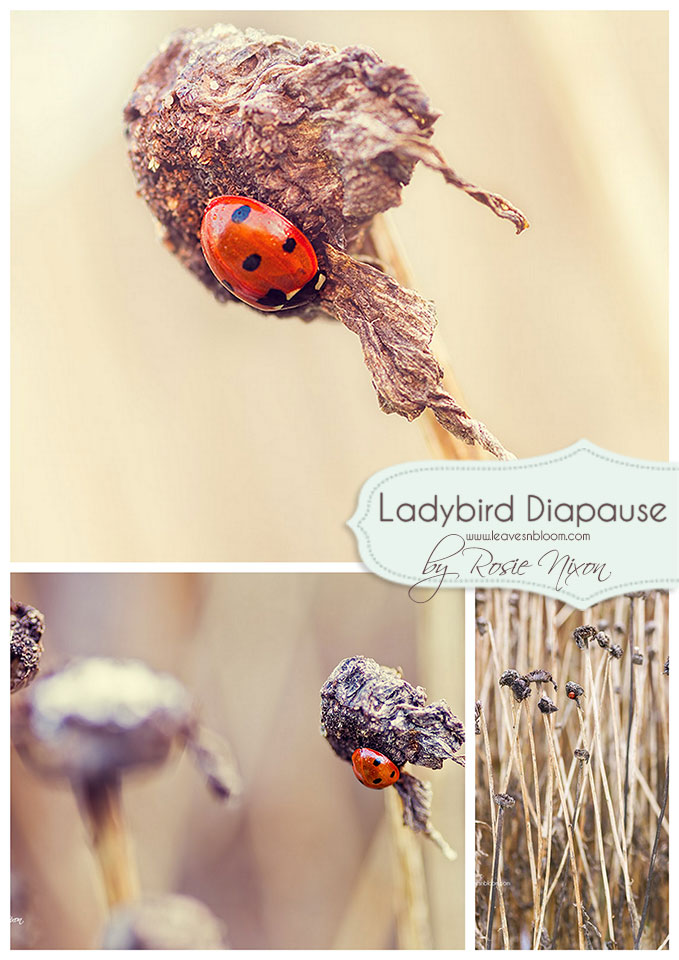
Have you ever wondered how a little ladybird survives a Scottish winter? It's a survival technique called Ladybird Winter diapause and you can read more about it below.
You can feel that winter has finally made its presence felt in the garden.
It's the time of year when you realise that wellie boots are not the best item of footwear to wear while out in the garden. There's nothing worse than numb cold toes to entice you back indoors to the heat!
Decaying flower stems are good subjects to make into nature photo montages ...as you do when there's little else to photograph.
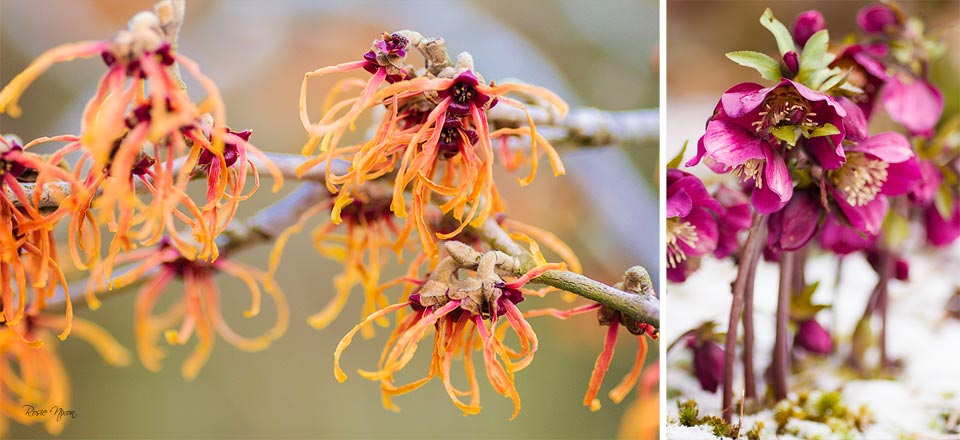
If you were a ladybird where would you spend the winter?
These Shasta daisy seed heads looked very insignificant but I knew I could do something arty with them. As I scanned over the seed heads and stems something caught my attention.
Look closely at the stems ...what do you see?
Now those of you who follow me especially on social media know how much I LOVE to photograph ladybirds.
Did I feel the cold after this discovery? no way ...not when there's a ladybird to distract me!
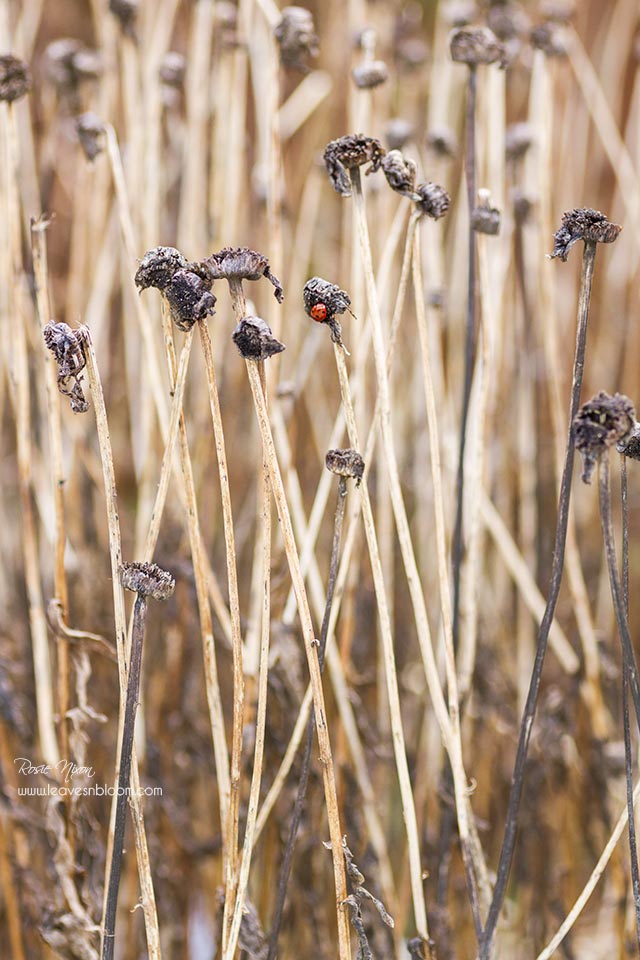
The adrenalin started flowing. Talk about getting excited over very little! Out of the garage came the stool, the reflector and the tripod and at one point I even lay on the snow to get a few of the shots. That rush of chemicals into my bloodstream must have kept me warm!
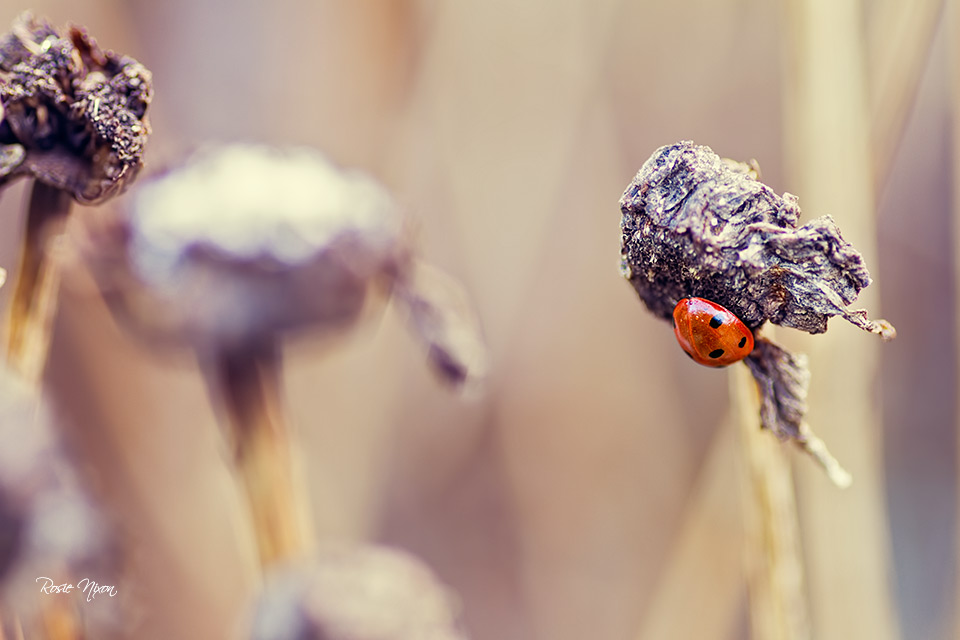

Ladybird Winter Diapause
They take a pause ...a ladybird winter diapause ...until conditions improve!
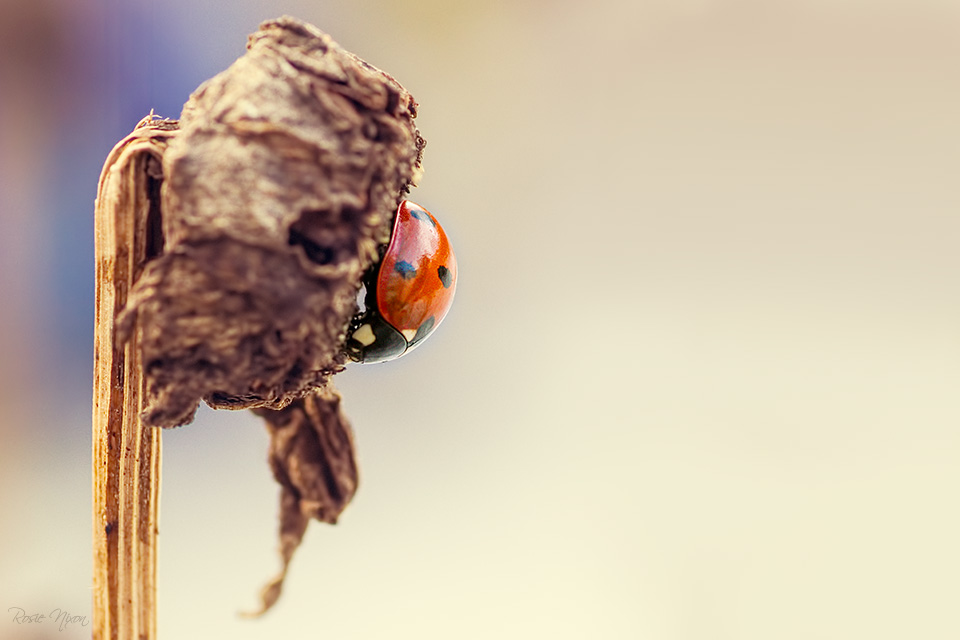

If you were a ladybird where would you retreat to during the winter in your garden?
If I was a ladybird ...
I'd pick a south facing position nestled under some leaves. Or even in my Lacewing hotel or my bamboo bug hotel. But no this little chap is a loner and a brave one too. If we believe what the weather forecasters are predicting we've got double digit minus figures on the way (-11c to -14c / 12.8f to 6.8f). That's cold for us and it reminds me of the temperatures we had back in 2009/2010 winters. Brrrrh!
I wish this little beetle would move somewhere much warmer. Should I move it ... but I know that I shouldn't. No I won't ... though maybe I'll throw some horticultural fleece over the plant if the temperature really plummets like the forecasters predict. Here's hoping that he or she knows better than me and can tough-it-out this winter with the reserves it's got stored already.
Here's what the Shasta daisy clump looks like at the minute.
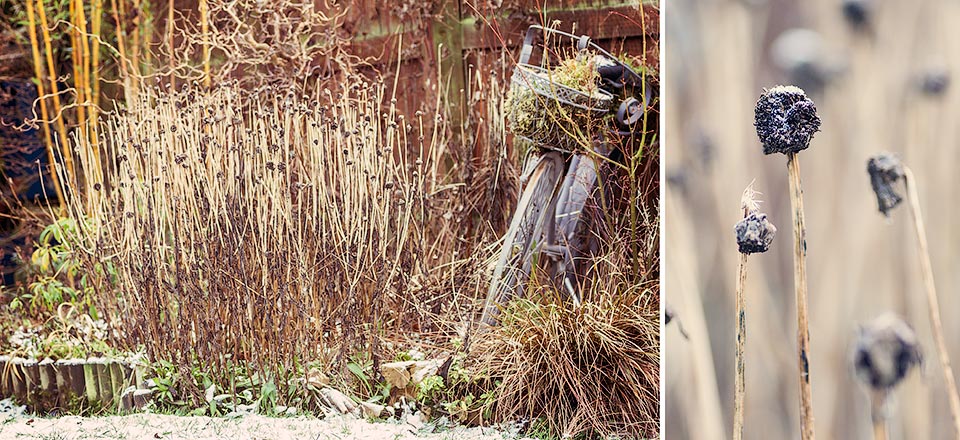


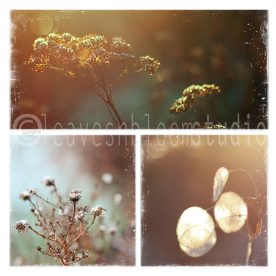
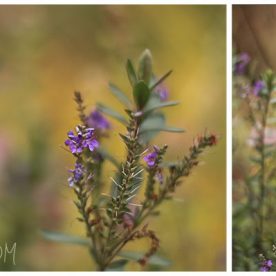

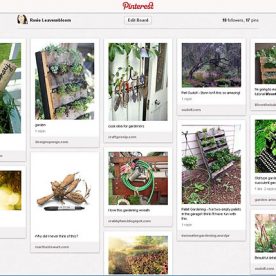
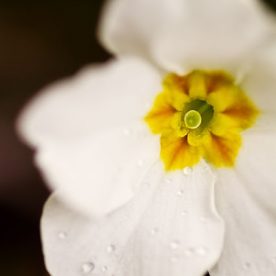
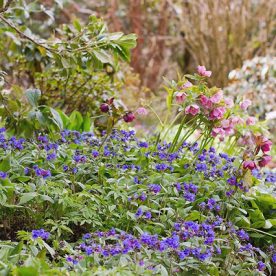
John Wooldridge
Bloody hell Rosie what stunning photographs! I do have a soft spot for our spotted ladies and have put up some bug hotels in the hope of giving them, and other bugs, somewhere to shelter. Reading up I was advised to place them South facing so perhaps your Ladybird has lost her compass?
Rosie Nixon
I have bug hotels up too – this is one confused ladybird for sure!
Mark and Gaz
The droplets on the Shasta daisy look like little ladybirds too with unique markings 😉
Rosie Nixon
🙂 I never even thought of looking at it like that
rusty duck
Rosie your ladybird shots are as wonderful as ever, but that last of the Shasta Daisy reflections is just amazing!
Rosie Nixon
I should do more work like that considering that it rains quite a bit here lol
myaberdeengarden
Lovely photos – what a great surprise for you to find that ladybird. The refraction photo is wonderful too.
Rosie Nixon
thank you very much myaberdeengarden 🙂
ann
I have never seen a ladybug this time of the year. And your photography is so amazing. But more interesting is your discussion on insect antifreeze which I have never heart. Very interesting. I hope it survives the winter. Will you be keeping an eye on it?
Rosie Nixon
Oh I've been keeping an eye on it Ann and hopefully I'll be sharing part 2 of the story soon.
A Garden of Threads
Beautiful abstract images Rosie.
Rosie Nixon
thank you 🙂
Millymollymandy
Fantastic post! The winter flowers are pretty but I know and totally get the excitement of finding the ladybird in the most unexpected of places! The images are all really attractive with the natural decay. I despair looking at the 'mess' at this time of year, but as you know I don't tidy up yet either, just for our buggy friends. Like what you did do with the stems at the end. 🙂
Rosie Nixon
My mess is covered in snow again 🙂
Melanie J Watts
What a surprise find! In my garden I suspect the lady bugs are dead. I can't imagine them snuggled up among the dead stems of my perennials since they have long disappeared beneath 2 feet of snow and ice 🙂
Rosie Nixon
They are probably much more resilient an insect than we realise Melanie.
Janet/Plantaliscious
Love your ladybird shots, but lime Jessica, it is the Shasta daisy photo with all those perfect mini reflections that drew my eye.
Rosie Nixon
Many thanks Janet
Pam's English Garden
I'll look at the mess of shasta daisies in my garden in a different light from now on, Rosie. Stunning photos. P. x
Rosie Nixon
many thanks Pam
alistair
Spotting ladybirds in the garden always gets a reaction, in Winter I would sneak indoors enjoy the central heating provided by you humans.
Rosie Nixon
yes Alistair 'think like a spider' 🙂
Andrea
Wow i learned a lot about coccinelids from just one post. And i didn't know they can live through winter, that dome can be a very good protector maybe! I have been out for a long time but i am back. I can't imagine how winter feels like but when it was 6-8C in NZealand i had to wear socks and bonnets/beanies, thermal shirt at night. I guess these temps are just nothing for people like you, and the ladybird.
Rosie Nixon
Good to see you back again Andrea.
Caroline Gill
I'm fascinated by your Ladybird, Rosie. Very strange. I had a total surprise on New Year's Eve when we watched a furry moth caterpillar (Wild and Wonderful, posted on 21 Jan 2015) humping about near the frosted stems at Sutton Hoo. That seemed very strange, too. Your photography is superb!